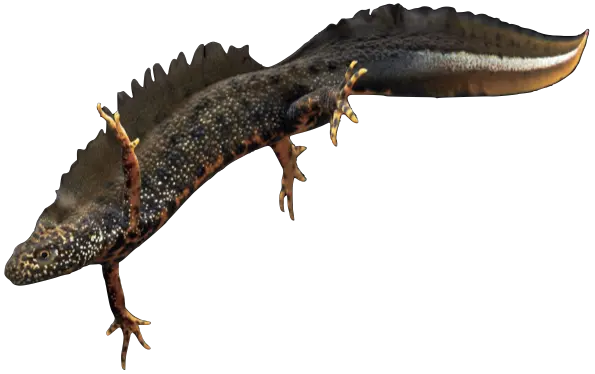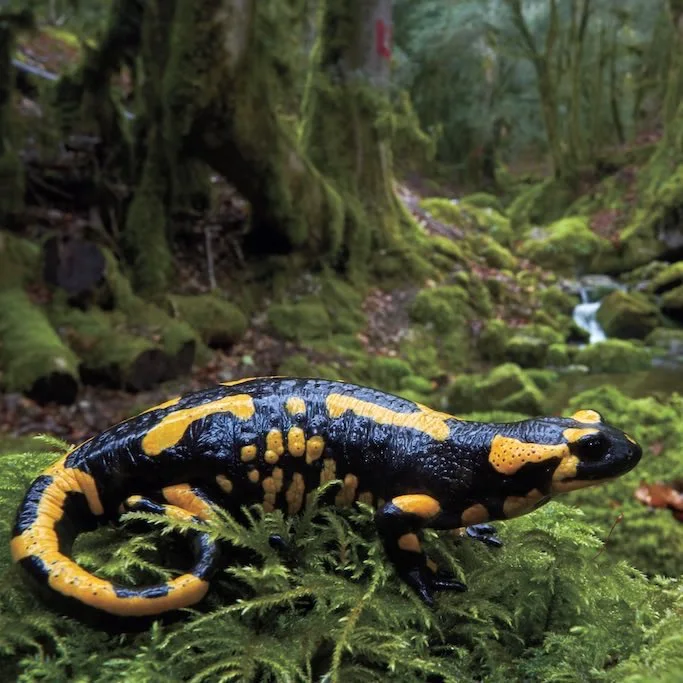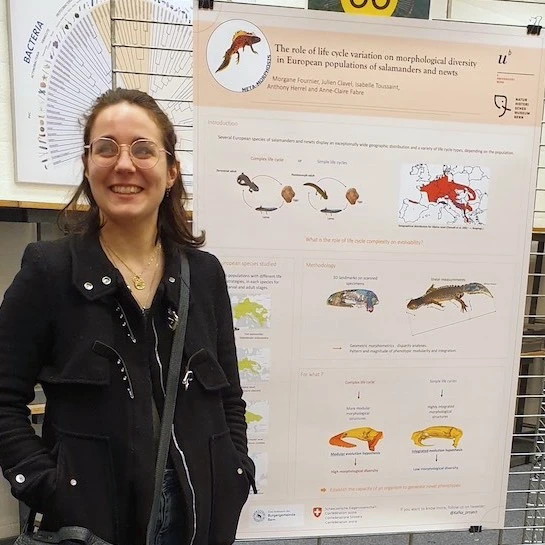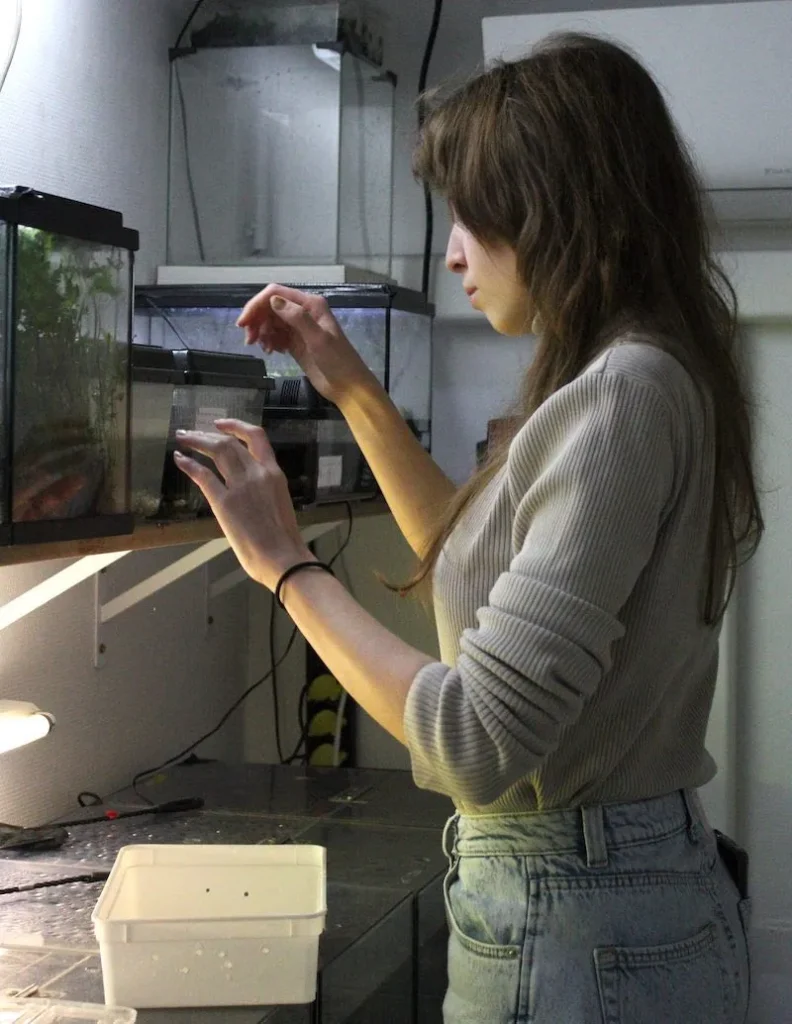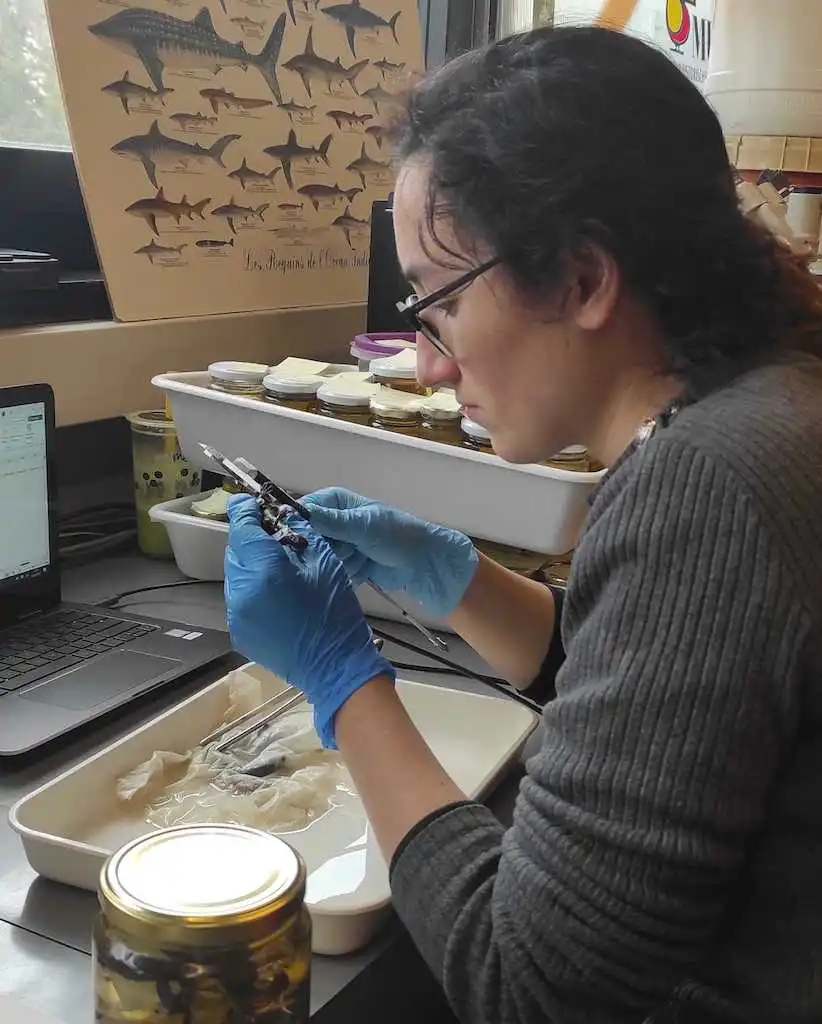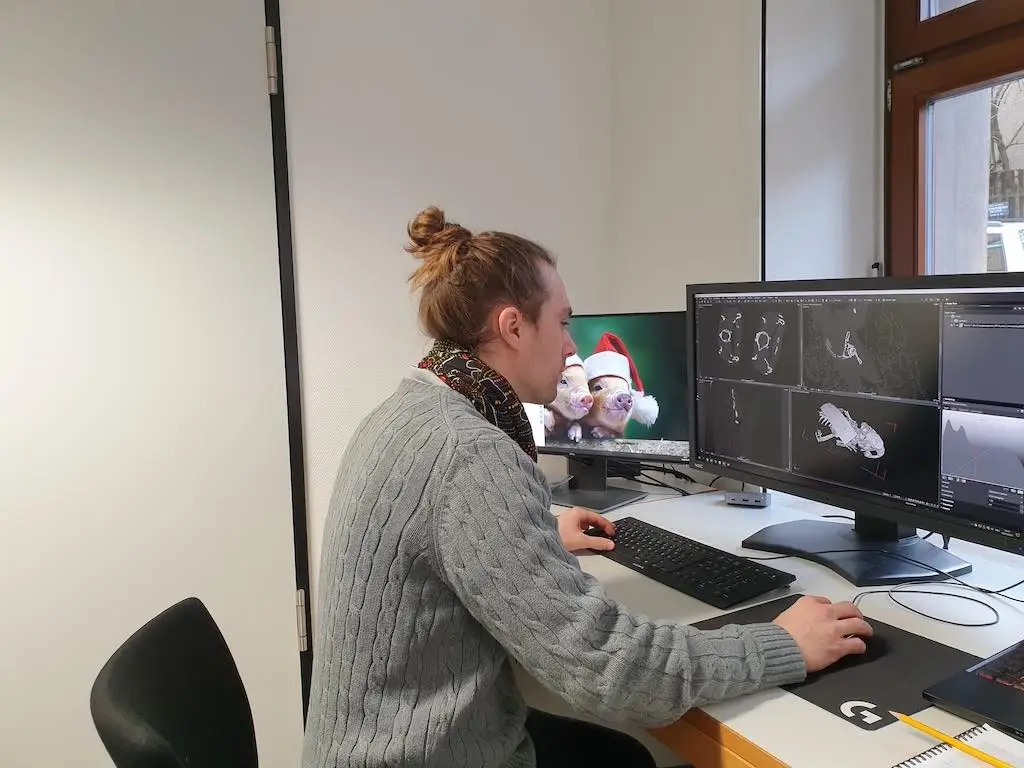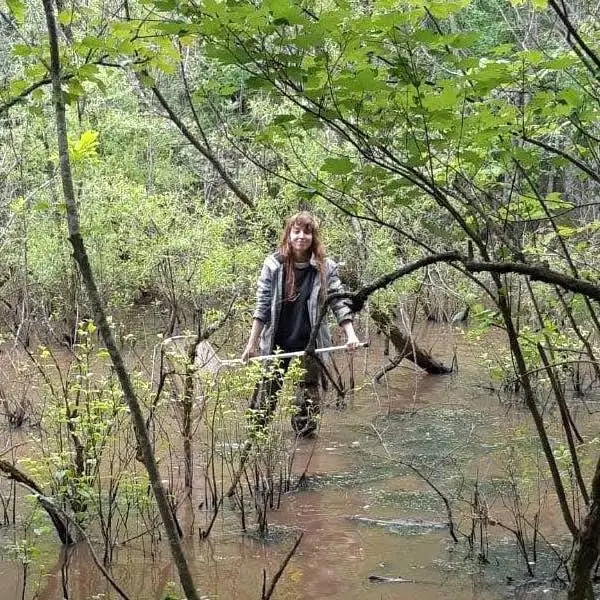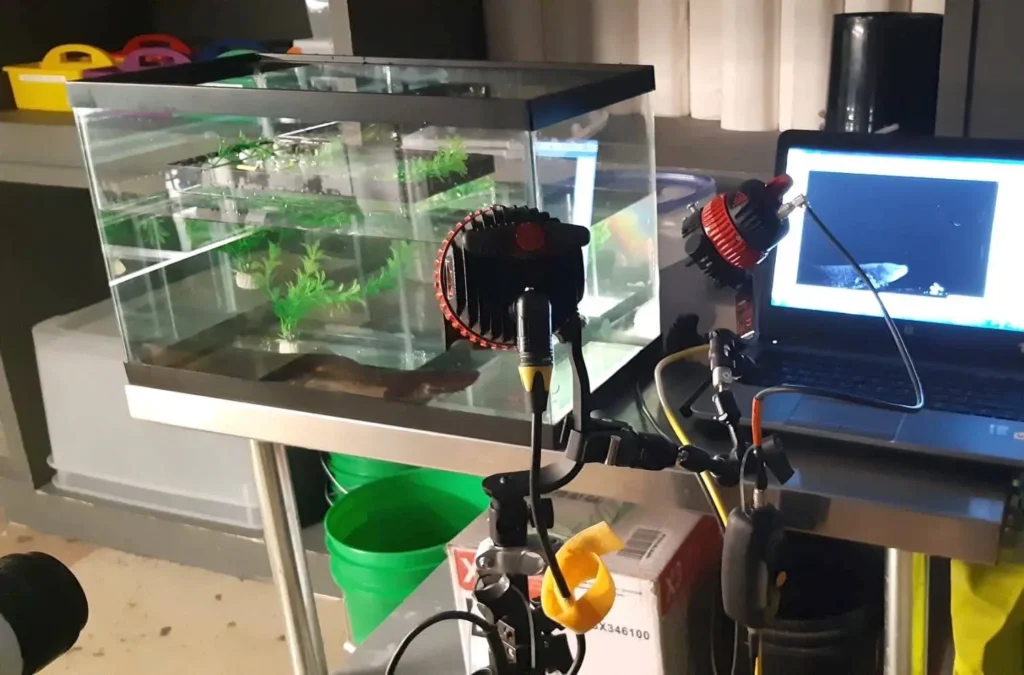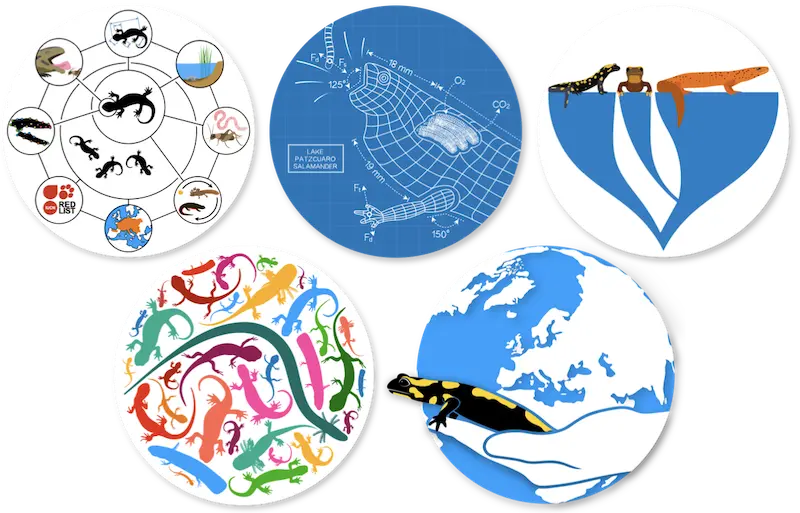A Swiss-funded project, based at the Bern Natural History Museum and University of Bern, to identify how life cycle variation drives biodiversity in changing environments over time and space.
A study of salamanders’ resilience
Amphibians are among the vertebrates most affected by climate change: over one third are at risk of extinction. However, amphibians that undergo more complex forms of metamorphosis may have a greater natural capacity to adapt in response to environmental changes. The Meta-Morphosis Project is testing this by studying the effect of metamorphosis complexity on the evolutionary diversification of salamanders. The results will increase our understanding of these remarkable creatures and focus conservation efforts toward those species at greatest risk of extinction.
Meta-Morphosis Resources
Over the coming years, the Meta-Morphosis Project will be generating free resources for educators, researchers, and lifelong learners. Check out all of the available resources below.
For educators
Lesson plans, Sketchfab models and more to help students learn about biology, evolution, & conservation.
For researchers
Tutorials, datasets, and other open-access resources for application in research and conservation projects.
An integrative approach
A full understanding of salamander behavior, ecology, evolution, and conservation is only possible by integrating many different fields of biology. To achieve this, the Meta-Morphosis project has five main objectives that cut across multiple biological disciplines:
- build an interconnected dataset
- establish form-function relationships
- assess evolvability in salamanders
- assess biodiversity in deep time
- develop conservation priorities
The latest from Meta-Morphosis
With a team of scientists, there’s always something new from the Meta-Morphosis Project.
The role of metamorphosis in morphological and functional diversity in Caudata
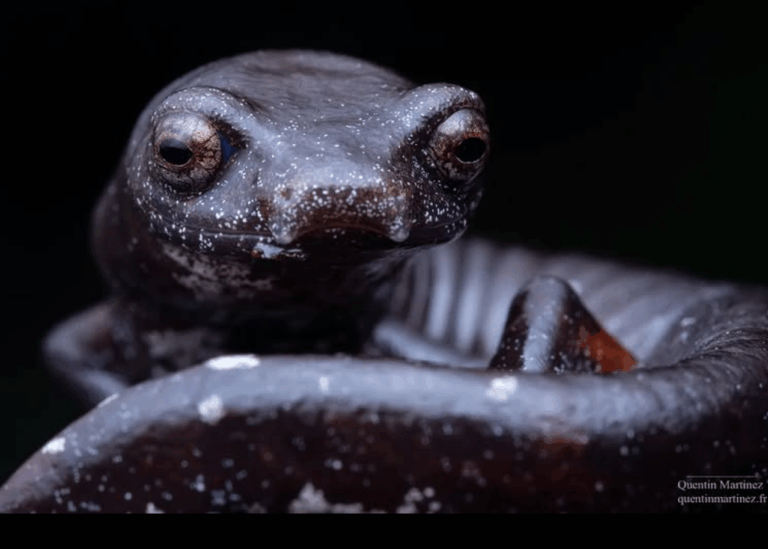
In our latest paper, we explore how variation in metamorphosis — the dramatic body transformation that some animals undergo — plays a major role in shaping lower jaw diversity among salamanders and newts. Metamorphosis is a spectacular developmental process, marked…
Museum Night 2025 was a blast!

A few weeks ago, the entire team took part in the Museum Night at the Natural History Museum in Bern. The public were actively involved in talking to us about our research. In addition, we developed a game to learn…
Meta-Morphosis the project! A Documentary Video
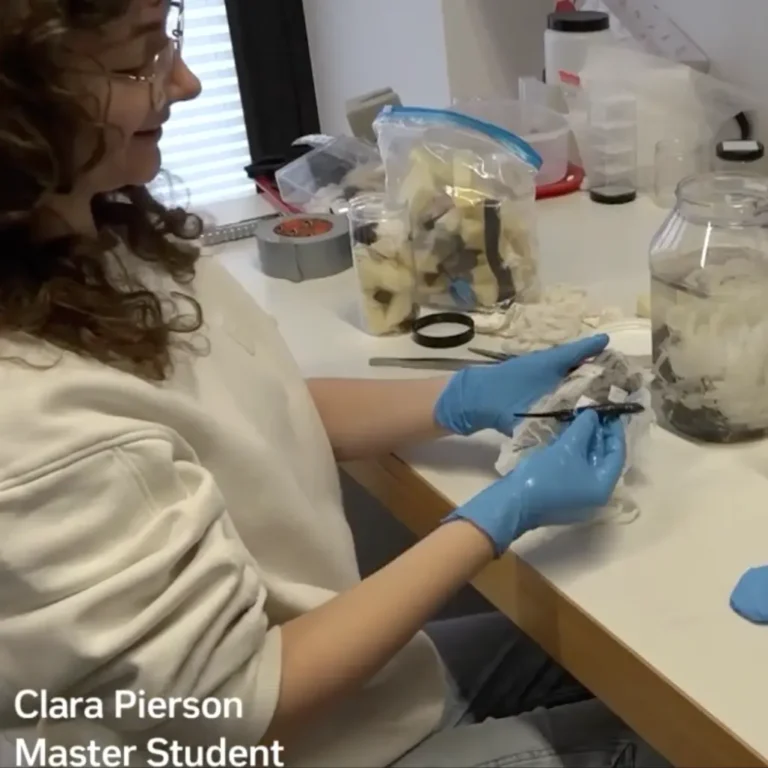
Patricia Teixidor interviews the Meta-morphosis team for an in-depth explanation of the project and its relevance to amphibian conservation, including a behind-the-scenes look at the collections and science laboratories at the Natural History Museum of Bern.
Presenting at the World Congress of Herpetology in Kuching, Borneo
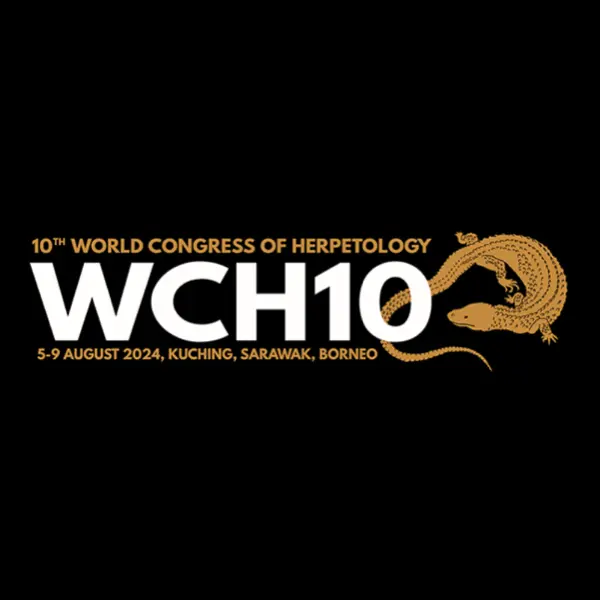
The entire Meta-Morphosis team is ready to go to Kuching, Borneo, to present their results at the 10th World Congress of Herpetology!
Anne-Claire awarded Linnean Society’s Bicentenary Medal
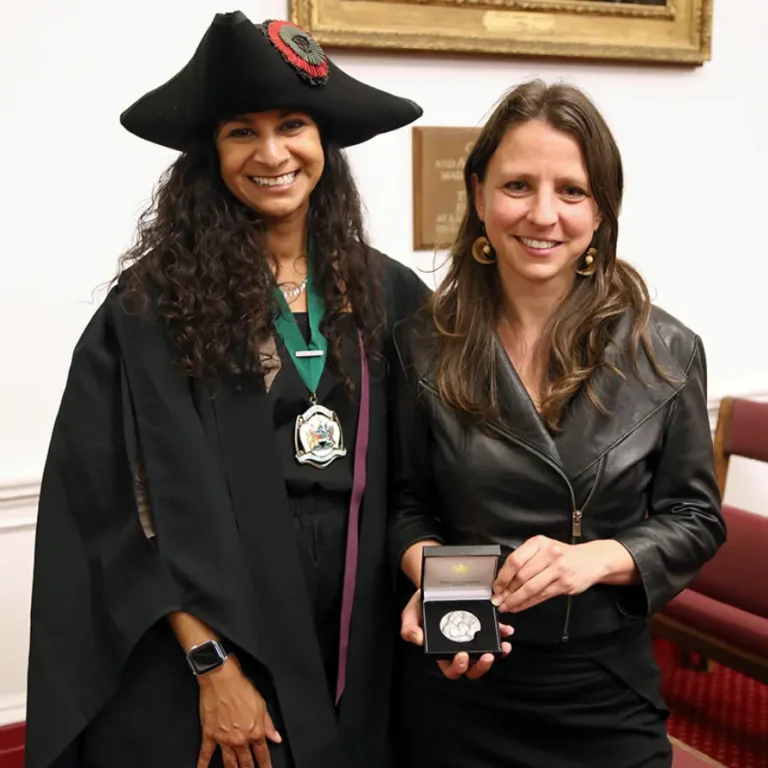
Anne-Claire receives the Linnean Society’s Bicentenary Medal in recognition of her outstanding research in the natural sciences.
Day trip to the Ozarks, Arkansas: Exploring the rich diversity of salamanders in the wild
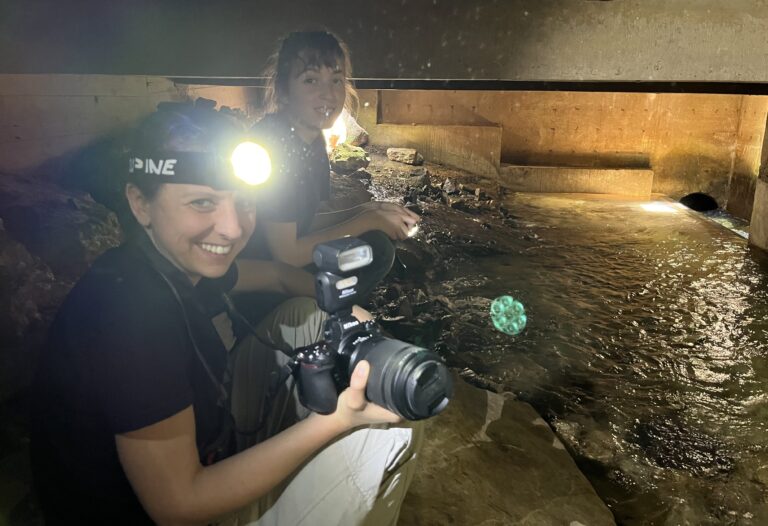
Photos from our field trip in the Ozarks of Arkansas, where in a single day we encountered more than seven species of salamanders.
